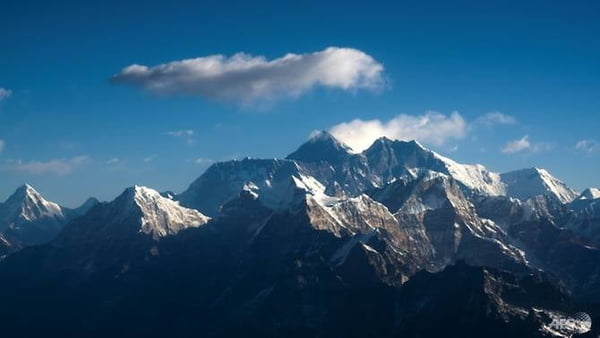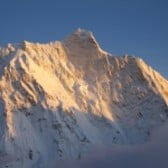
Daily Mountain
48 years, Australia
Winter ends on Everest without an ascent
Incessant snowfall and avalanches have forced teams to abandon their bid to achieve the first winter ascent of Everest in more than quarter of a century.
 The last successful winter ascent of Everest was in 1993 by a Japanese team AFP/Jewel SAMAD
The last successful winter ascent of Everest was in 1993 by a Japanese team AFP/Jewel SAMAD
Winter climbs are difficult and riskier due to snowier terrain, shorter and colder days and a narrow summit window compared to the busy spring when hundreds of mountaineers flock to Everest.
Spanish climber Alex Txikon and his team were unable to reach Camp 3 on Thursday (Feb 27) after 45cm of fresh snow made conditions dangerous for them to continue.
"We also had some close calls with avalanches yesterday. It's frustrating, we're strong and willing to go on, but conditions are unforgiving!" Txikon posted on his Facebook page.
The post came hours after a Nepali team of four Sherpas who were attempting a speed winter ascent announced they were ending their expedition from just below Camp 3 after "34 hours of fresh and soft snow".
The only other climber this season, German alpinist Jost Kobusch attempting an Everest climb without supplemental oxygen and Sherpa support, said on Wednesday that he was descending to base camp after reaching 7,360m.
"Could even have continued, the weather seemed to be holding up, but my intuition told me: stop," he posted on his Facebook page.
Winter temperatures near the summit of the world's highest peak regularly plunge below minus 40 degrees Celsius, while strong winds make it even riskier.
In those conditions exposed skin freezes in less than five minutes, putting climbers in serious danger of frostbite.
The last successful winter ascent of the world's highest mountain was in 1993 by a Japanese team.
Only one climber has previously ascended the 8,848m-tall peak in winter without supplemental oxygen: a Nepali mountaineer in December 1987.
Last year's traffic-clogged spring climbing season saw a record 885 people summit Everest, 644 of them from the south and 241 from the northern flank in Tibet.
The season ended with 11 deaths on the mountain, with at least four blamed on overcrowding.
Autumn summits last year were thwarted by a serac - a block of glacial ice - hanging dangerously above the already treacherous Khumbu icefall that climbers have to cross to reach Camp 1.
Nepal is home to eight of the world's 14 highest peaks and foreign climbers who flock to its mountains are a major source of revenue for the country.
Source: AFP/nh





